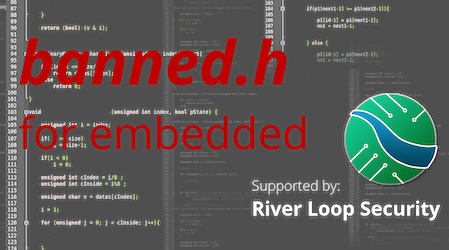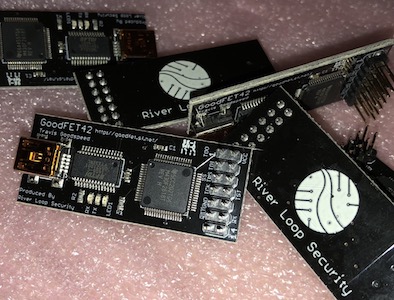Working With Ghidra's P-Code To Identify Vulnerable Function Calls
This year at INFILTRATE 2019, I got together with fellow RPISEC alumnus and Boston Cybernetics Institute co-founder Jeremy Blackthorne to present “Three Heads Are Better Than One: Mastering NSA’s Ghidra Reverse Engineering Tool”. Around 50 minutes into that presentation, I presented a demo of a proof of concept script I built to trace out how inputs to malloc are derived. In this blog post, we’ll take a deeper look at that script.










